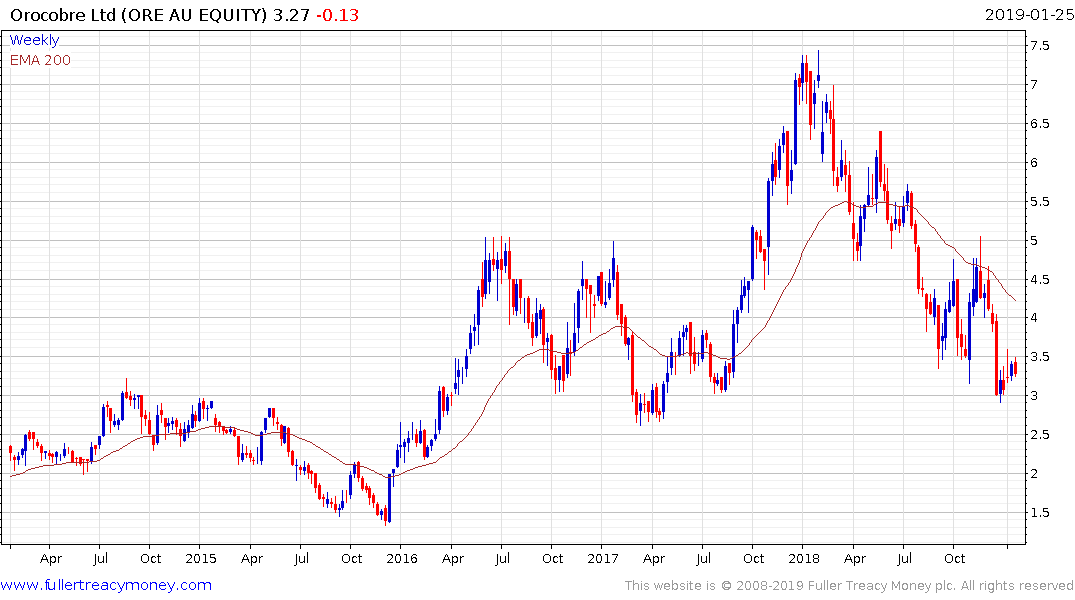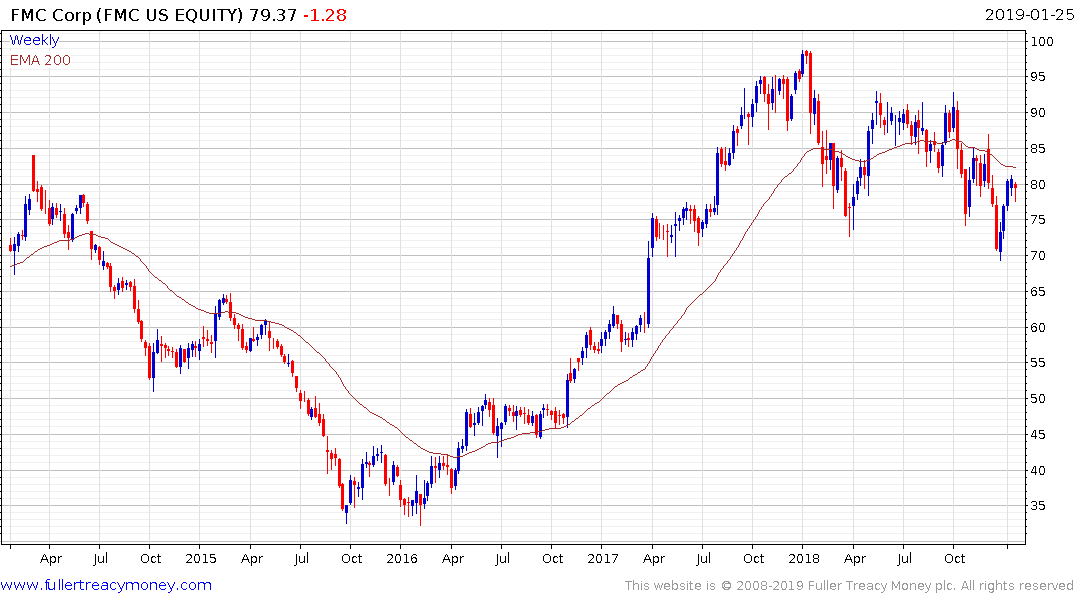Industrial Metals & Precious Metals
Thanks to a subscriber for this report from Eight Capital which may be of interest. Here is a section on battery related resources:
Here is a link to the full report and here is a section from it:
We estimate +14MM new Electric Vehicles p.a. by 2025. EV penetration rates vary from 2.5% to 36% in 2025, but do appear to be increasing as more EVs hit the streets. Commitments from big auto total an unprecedented US$300BB to develop EVs and procure or manufacture batteries over the next 5-10 years. China will be the driving force of growth in EV and battery manufacturing, as it will see 45% of all EV sector spending (see note: Electric Vehicle Fundamentals Strengthen...into China). We maintain our 13% penetration rate estimate, holding our base case of new car registrations constant at 2%. It is difficult to determine what future vehicles might look like, but we assume that EV sales growth accelerates in 2022, driven both by regulation initiatives and cost-parity with internal combustion engines. This requires LiB sector investment above already ambitious plans to meet demand.
We forecast Lithium ion battery (LIB) demand growth of 20% CAGR. Mega-factory construction and planning has increased from three projects in 2015 to 51 potential sites by 2028. Even should just a few of these mega-factories get built, we expect it to be enough to drive raw material demand. Benchmark Mineral Intelligence estimates that between 2017 and 2028, consumption would increase by over 660% for LCE (115,840t to 882,000t), 660% for graphite (173,760t to 1,323,000t), 300% for Co (57,581t to 218,412t), and 800% for Ni (58,395t to 513,200t).While we anticipate ICE vehicles will continue to dominate the industry over the next decade, we do expect market share of BEVs, PHEVs, and HEVs to increase from 3.7% in 2018 to 13% in 2025
There are very clear logical reasons for why lithium demand should continue to trend higher for the foreseeable future and they were equally relevant six years ago when it was a truly supply constrained market. Since then there has been a great deal of investment in additional lithium recovery projects with the result supply has increased substantially.
In order for the most bullish prognostications to prove valid demand growth forecasts will need to exceed by a considerable margin the ability of new lithium projects to increase capacity. Since many of the newer projects were started with just that aim in mind the growth of the battery sector will need to even faster and more globally pervasive if the gains posted in the run up to the 2018 peak in lithium and cobalt prices and those of the respective miners are to be repeated.

Orocobre which is a pure play new lithium producer remains in a medium-term downtrend. Of the major producers FMC has held up best but still has a lot of work to do to signal a return to demand dominance.

The bigger picture the stock performance is relating over the estimates of future potential is the Chinese economy is slowing and demand for new vehicles declined last year and remains soft.


